Living: Airbnb in Short North, Columbus, OH
Working: The Salt Mines, Clintonville, Columbus
Laundry: Clintonville Coin Laundry
This Week in Laundry I grapple with identity in the expansive suburban sprawl that is Columbus OH.
Ohio is besieged by rain. The deluge began as I drove from Cincinnati up to Columbus.
A day later, it’s tapered to some extent. But the forecast calls for further gloom and precipitation.
Is my disinterested sense of the city so adversely affected by the weather? Or does the rain, somehow altogether apart from my Seattle precipitation perceptions, simply express in weather the general tone of this unassuming urban sprawl?
When I was in Cleveland, I was forewarned that out of the three high ‘C’s here in Ohio, Columbus would be the least engaging of the three.
Out of the three metros of ‘C’, Columbus was the only community I had ever spent time in previously.
I was last here as the drummer for the Warsaw Vices. We were on tour (my first substantial tour ever). We played a house show on the north side, for a local punk supergroup Lose the Tude.
I remember the campus. Ohio State expresses a massive presence in this town. It is one of the largest universities in the United States. And especially between Clintonville and the Short North, it births the staples of any college town, though massively so – coffee shops (like Kafe Kerouac), head shops, pipe shops, record shops, liquor stores, bars. And yes, even laundromats. I owe the comfort of this week’s wash amongst the students to it.
I remember buckeye donuts. I remember playing pinball and arcade basketball in the massive student union. Or was that the limestone fortress of the Indiana University in Bloomington? It’s a blur.
There are pockets of interest in this city – The German village, the brewery district, the Italian village, the Victorian village. Short North, just beyond the university. And the university area itself.
And then there’s COSI – a hands on science museum to rival the Museum of Science and Industry in Chicago. It’s such a staple, one of the managers of the coworking space was married there.
In fact, thanks to COSI, the Columbus metro also hosts Roto – a theme entertainment developer and IAAPA member, though they focus on museums – it’s in their roots after all.
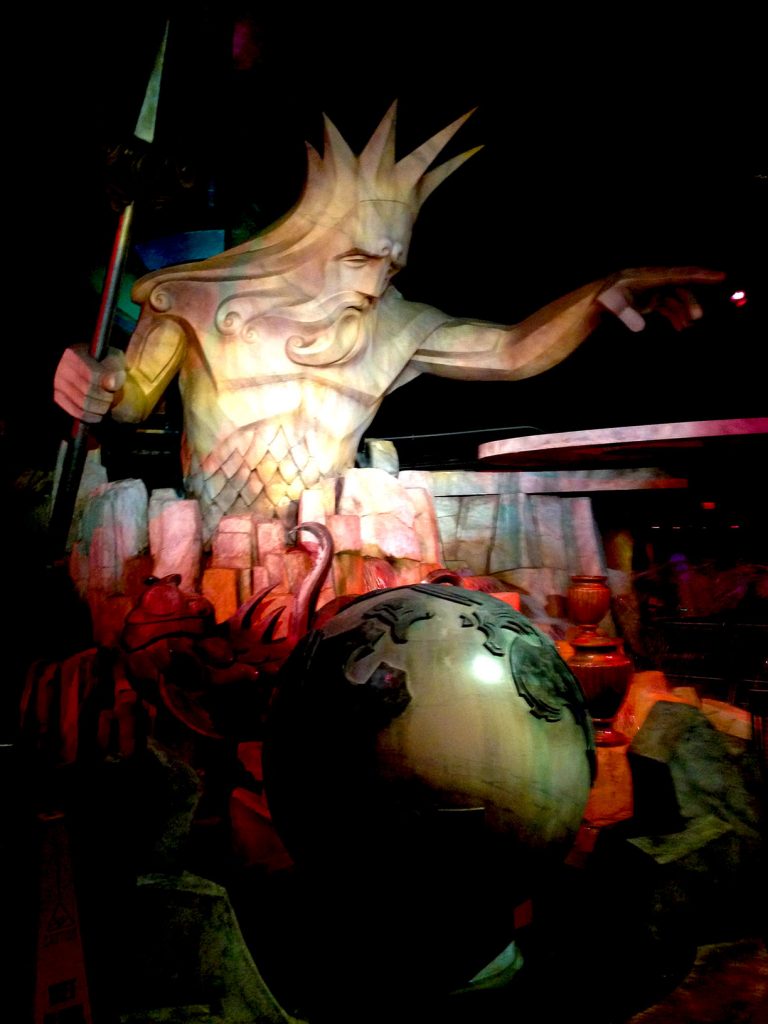
This Poseidon water interactive at COSI – rich well lit set piece, evokes the setwork at Universal’s Islands of Adventure
I asked a fellow coworker on the flavor of Columbus. His reply, more or less, was that Columbus exists as an expansive suburban sprawl. An entire metro of 2 million people, expressed almost entirely via suburbia.
Which is why some of the industry here in Columbus is surprising. Columbus holds the highest concentration of the US fashion industry outside of Los Angeles and New York. Home to Abercrombie and Express, it might be fair to say that Columbus is not just the capital of Ohio, but of middle-American fashion for the masses.
Somehow Columbus shines as capital to not just middle-American fashion, but as a sort of Midwest capital. A capital of Midwestern suburbia. Through the strength of a suburb two million strong.
And what better does a suburb breed than suburban counter culture? Except that in this case the suburb’s size supports actual audiences for the sub suburban cultures to flourish. Microcultures become macroculters by the sheer size of audience.
All the counter suburban staples – the hipsters have their barbershops. The punks have their house shows. The nerds have one of the largest makerspaces in the US. The comic book culture here is so strong that there’s actually a library-museum devoted to the craft. It’s like a regular, modern, episode of Freaks and Geeks realized on a massive scale.
And the food scene here is outstanding – not only the usual proliferation of microbreweries, like North High, coffee shops, like Mission (with espresso flights – this is my kind of place) or the Fox in the Snow, and gastropubs, but the city also hosts a food incubator – a sort of tech incubator or maker space, but for food. Brilliant.
And while I was aware of the underground punk scene from my prior life – I wasn’t prepared to find it so close at hand. Gaunt’s Jovan Karcic and Sam Brown’s Yeah Me Too coffee shop, named after their second album – unassumingly serves coffee two doors down from my coworking space.
It’s strange because the Columbus suburban expanse casts a shade of bland toward the metro, with only the slight spattering of interesting architecture, parks, or historic markers that might lend the city character.
But without those staple components, the predominant character of the city isn’t so much what the city is, but what the city does.
This city is a city of doers. This city is defined not so much by what it was, or what it is, but what it does. It is a city of legislating. A city of studying. A city of making – be it beer, comic books, technology, punk music, underground venues, massive makerspaces, or the latest in jeans fashion.
In some ways, that makes it an anti San Francisco, an anti New York. In other ways, in shares in the industrious creativity that hides in the dry and dusty sprawling expanse of Los Angeles.
So what exactly is it that punks in the city do? Besides start coffee shops when their bandmates die.
Punk means many things to many people. In fact, one of the things that struck me as I slowly worked into the genre’s fringes in Chicago, in my mid to late twenties, was that I couldn’t really define it. It meant so many different things to different people. Other than, by and large, it was a community of people who identified as members of the punk community. And for the most part, there was an ethos of independence, and a general eschewing of the need for large scale, capital intensive endeavors.
One of the things that I found quite beautiful about punk was the ethos of “Just Fucking do it”. Whether that means putting on a basement show, putting out a comic book, or getting out a zine, there was an emphasis on not being burdened by regulatory or capital restrictions. Which in some ways, is a very libertarian stance, for a group that predominantly identifies with the liberal leftism of social justice.
Except that that mantra, which I quote for a specific reason, is actually the slogan of Pumping Station One – the makerspace in Chicago – a local nerd mecca. I found it fascinating that these two groups, the punks and the nerds, occupy different social groups, and yet adopt the same ethos of creation.
Punk means a lot of different things to a lot of different people. And with such a want for a definition, I found myself looking for my own. The thing that punk means to me, or the most important thing, is captured in the sense that it doesn’t matter if three people come to your show, or three hundred. The value is putting on the show. The value is in trying. The value is in putting yourself out there, and pushing yourself forward as a person who creates.
This is the root that punk shares with the maker movement, in some ways. This is also a root that punk shares with aggressive early stage startups. Although the entrepreneurs are often also capitalistically focused, while the punks less so, if not vocally anti-capitalistic.
To some extent, the Makers are Punks, and the Punks are Makers. I identify as a bit of both, although maybe a bit of neither as well.
But what is identity? What is the identity of the Maker? What is the identity of the Punk. What is my identity within these people? What is my identity as a nomad?
What are the identities of the individual? And what are the identities of groups? What are identities of people in groups, separate from that group? And what are the identities of groups to individuals outside of them?
And how do you identify? In context, this question asks about your sexual orientation, and how you express that to other people. But broadly, this could ask with regard to any group of expression, from nerd to punk, democrat to republican, hetero to asexual.
And what does it mean to identify as a member of the lower class? As a member of urban poverty? Of rural poverty? Of white poverty? Of black poverty? Of Latino/a poverty?
What does it mean to identify as an American?
There was a period, many years ago, that I took to the idea of identity with an almost uncontrolled fever. As many that came before me, I grappled with the question “what am I”. Over time, this transformed into a question of “Who am I to me”.
It wasn’t until I started the battle of changing careers, including graduate school applications, cross country relocations, new jobs and fastly followed resignations, that I could definitively answer this question with a proud and accepted resolution – I am a dreamer. I am a creator. I am a helper. I am an inventor. And I fight for my dreams.
In this period of indeterminate identity I found a champion of my quest for identity – something tangible that I could leverage – that I could play with – as I worked through the otherwise intangible obsession of identity. And that is the Hogwarts House system from the fictional story world of Harry Potter.
I’ve spoken before of how story is a form of play – and how play is a mechanism for working things out. In most cases, I mean that loosely. But in this case, I mean it specifically. By engaging the house system in the Harry Potter story world, by engaging in the play that is story, I engage and work through the concept of identity as a whole.
For those unfamiliar, in the Harry Potter universe, the school of Hogwarts is divided into the four houses of Slythern, Ravenclaw, Hufflepuff, and Gryffindor. Students are sorted into houses based on their personality traits expressed in those houses.
I express traits relevant to all houses. For my career ambitions and successes, there’s Slythern. For all my love of learning and quest of knowledge, there’s Ravenclaw. For the love and loyalty for my friends – there’s Hufflepuff. And for my resounding strength of courage from time to time in certain situations, there’s Gryffindor.
If you’ve been keeping up with my posts, or you know me very well, you already know from Nomad’s & Bags part I how I identify. I’m a Ravenclaw.
The reason I identify as Ravenclaw is due to the dorm entry mechanism. At Hogwarts, your dorms are divided by houses. And to enter your house dormitory, you need to know the password (or pass rhythm for Hufflepuff). Except for Ravenclaw. In Ravenclaw, you must answer a riddle to enter the dorm. And if you can’t answer it, you have to wait for someone else to come by who can.
It just suits my style.
And really what’s important to me about identifying as a Ravenclaw is not so much that I’ve identified as a Ravenclaw, but that I have identified as a Ravenclaw. It’s the engagement with identity – the playing with identity through the story of Harry Potter – through components of the Harry Potter world – that bears the weight of significance to me. That’s what’s fun. That’s what I enjoy about it. That’s what I enjoy about expressing my identity through clothing or other markers. That’s what I enjoy talking about with other people, as we all express our house identity, and how we came by it.
Anyone who supports a sports team engages in this form of identification. Through team colors, mascots, brands, and all the camaraderie that comes with it, we participate in advanced cultural identities.
Anyone who engages with brands engages this concept. We use brands to express our identities – and brand owners leverage this. All in an effort to sell us things as an expression of identity.
Engaging in the Harry Potter houses and engaging in the identity formation through the brands of sports teams, automobiles, jewelry, and clothes are no different. And so just as my adoption of the house of Ravenclaw in a fictional story world is, quite clearly, a form of play, so too are these more commonplace identity engagements through our everyday brands.
So you see, there’s no difference between the nerds, the jocks, and the preps. They’re all just engaged in play – the very same activity as a six-year-old with dolls and wooden blocks. They just might not be aware of it.
But it’s not all fun and games. Just add a dose of anger, a swath of teenage hormones, and decades of poverty and class segregation, and that play – that experimental human mechanism to try and work out – to figure out the world around you and why it is the way it is – can look very different. It can look like the riots that occurred in my home town, Milwaukee, last week.
And identity plays a part in that. Cultural identity plays a part in that. Individual identity plays a part in that. Who you perceive you are, based off of the opportunities afforded to you by the communities you are born into, and what others see in you based off of your identity. Or their identity to your identity. Or your identity to their identity against your identity. It’s all a part of a tight knot formed in the American fiber that’s been looping unto itself since before the revolutionary war.
Which, mind you, was fought in part to unite the rioting lower class with the upper, ruling class they kept rioting against.
The lower class has always rioted. The upper class has always complained, and tried to suppress it. This is America. The only thing that’s new is the middle class. And abolition. And facebook.
So a lot’s changed. And yet, some things seem so much the same as the days of the American colonies.
At least one thing’s changed over the years. And I’m all the more grateful for it – the way we wash our clothes. I’d be out to dry without it.
With the finish of this week’s wash, so too finishes my posts from Ohio. In some ways, to this Midwesterner, Ohio really is the heart of America. But I’m ready for the other parts now I think.
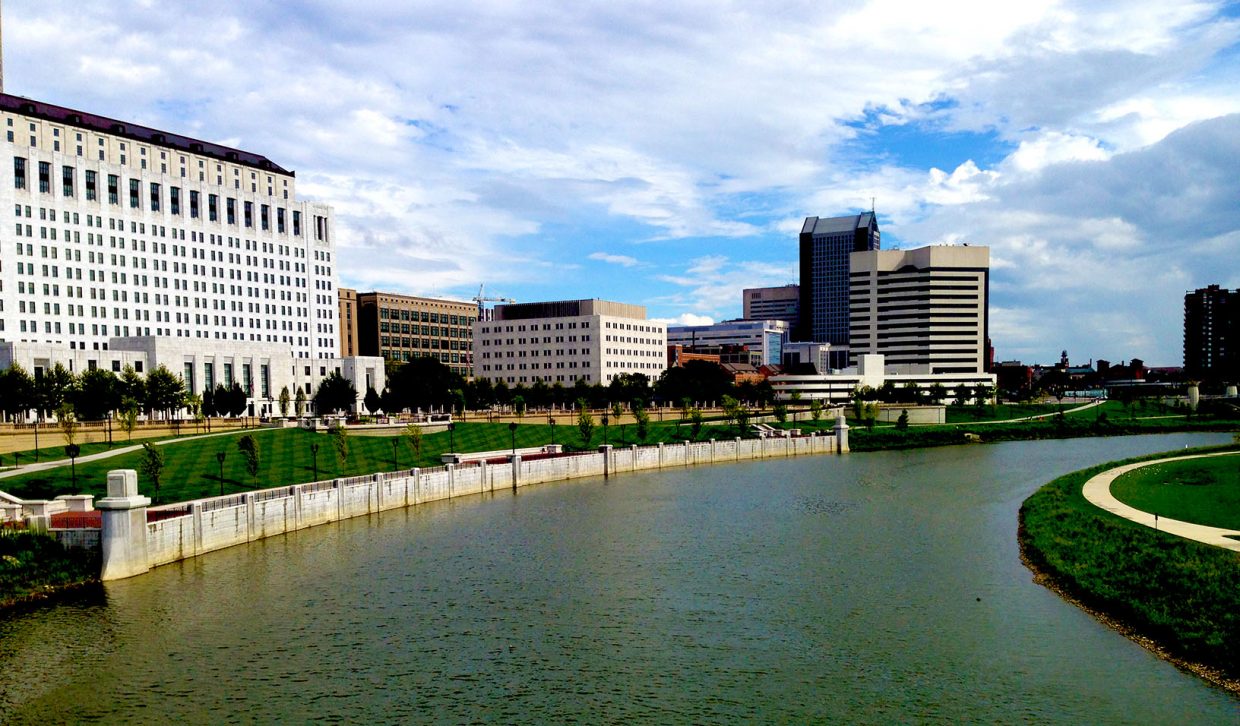
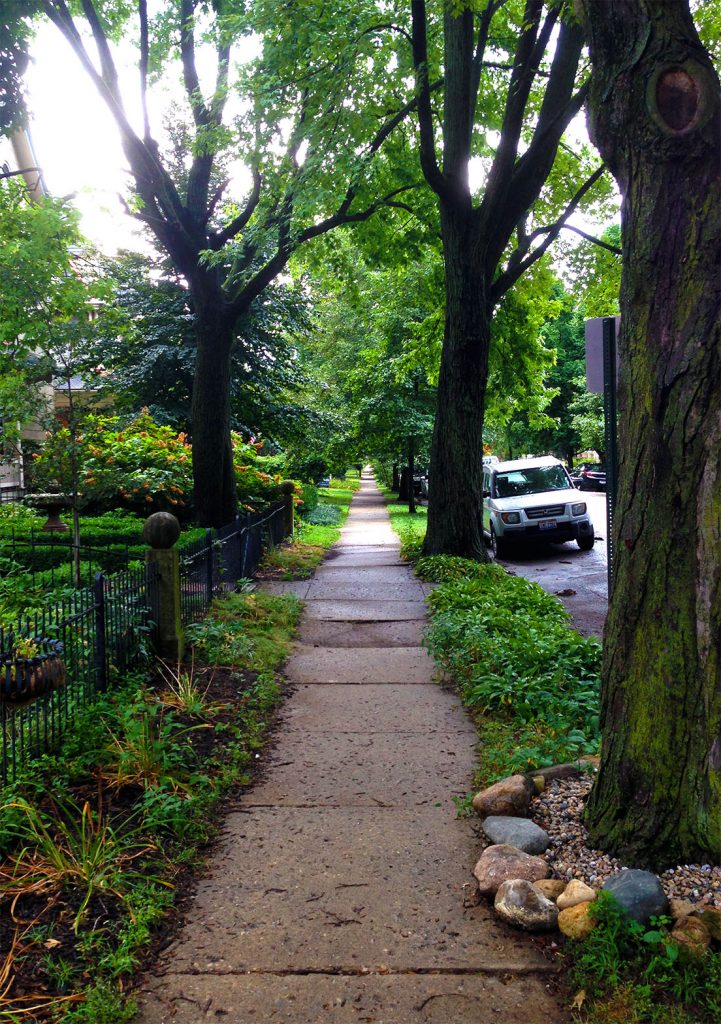
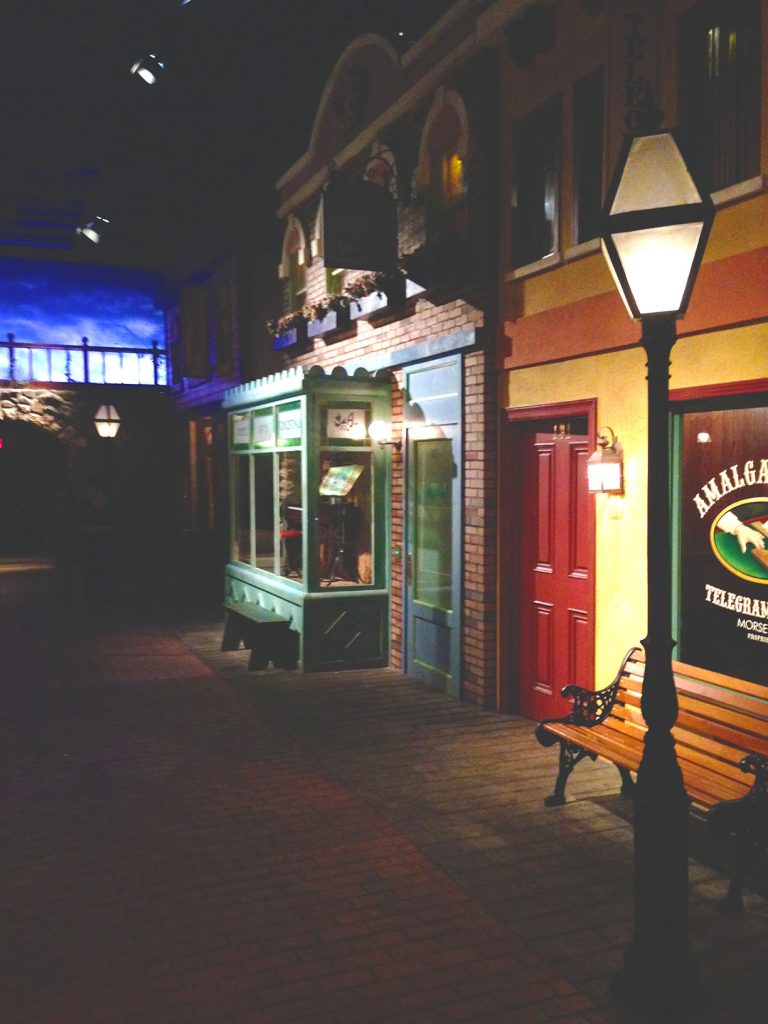
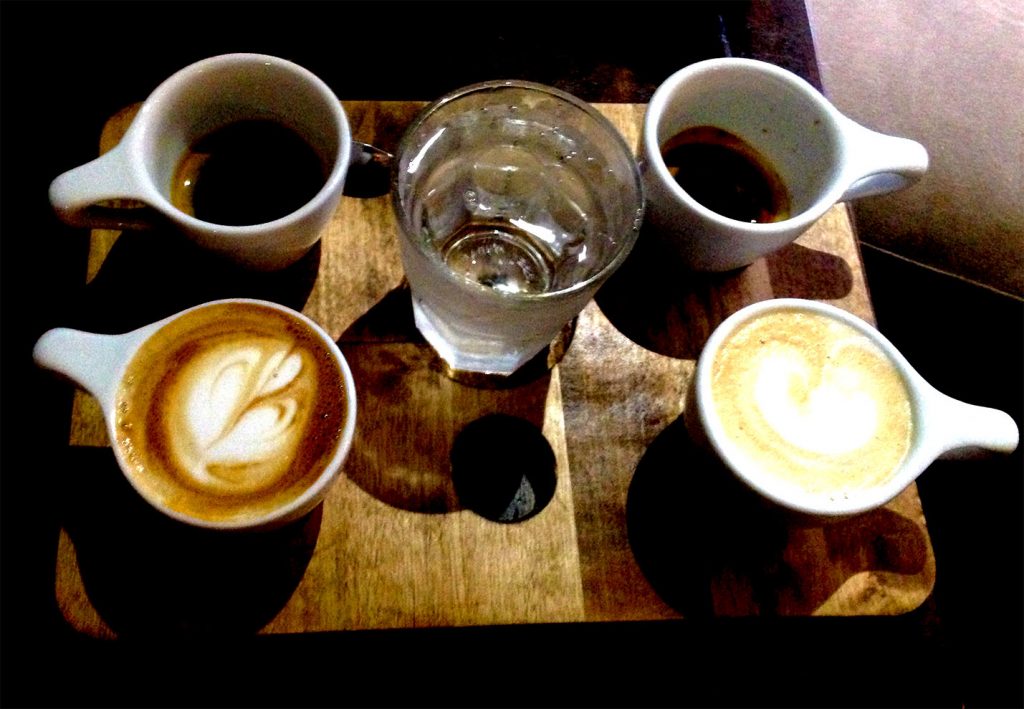

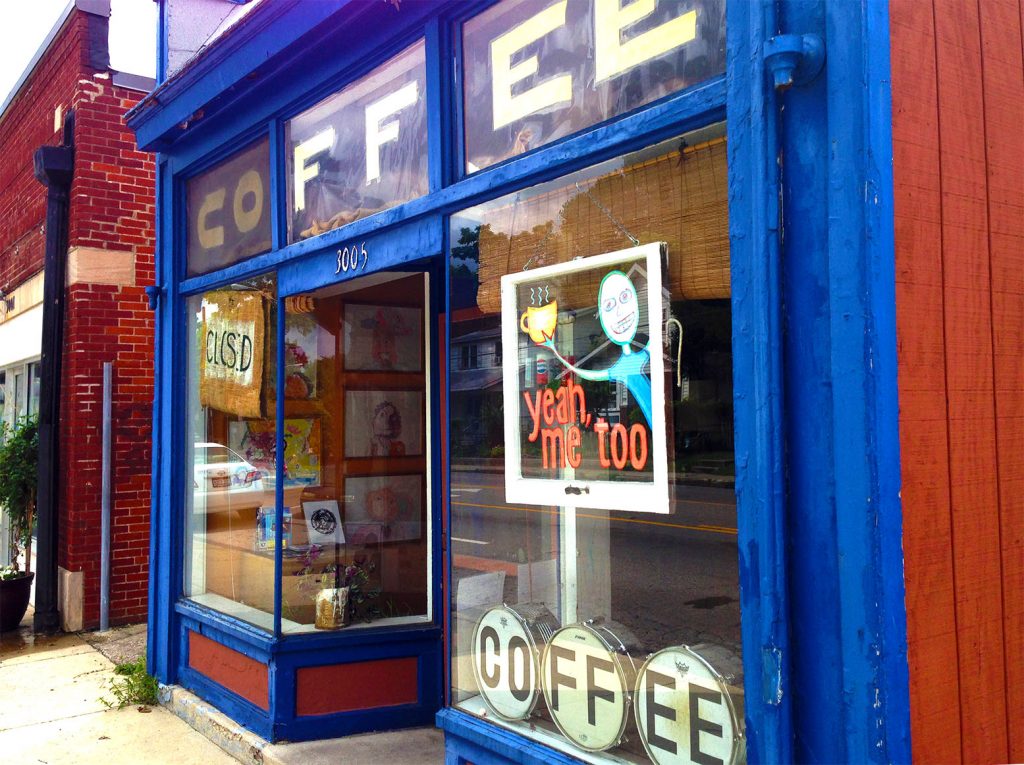
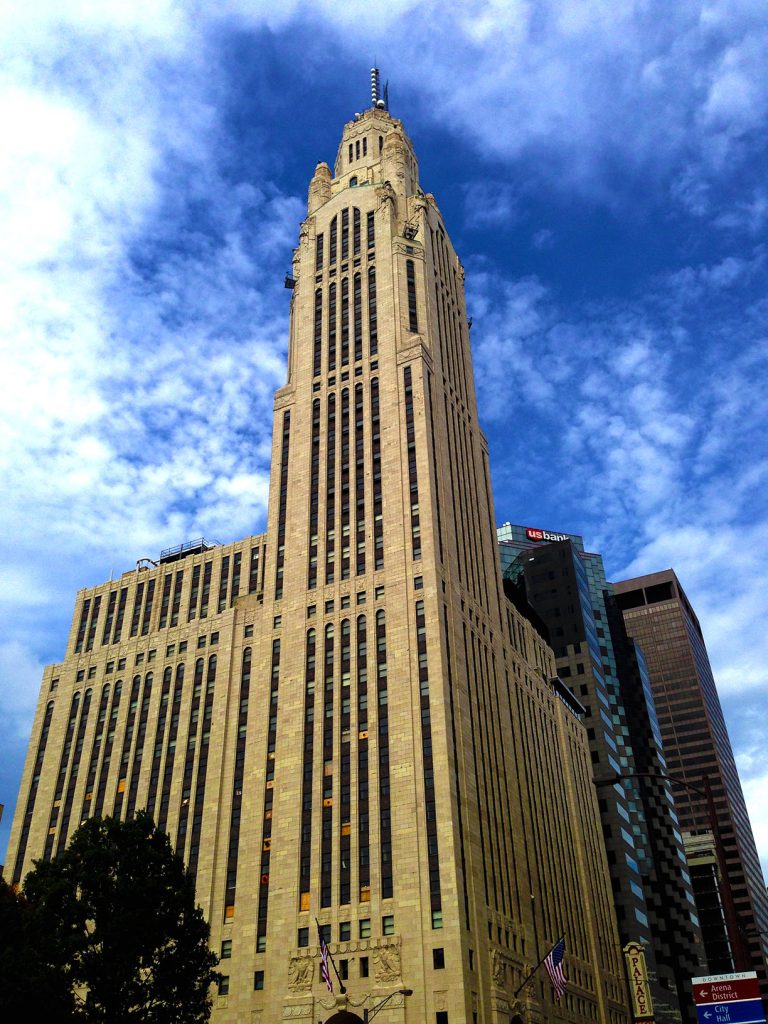
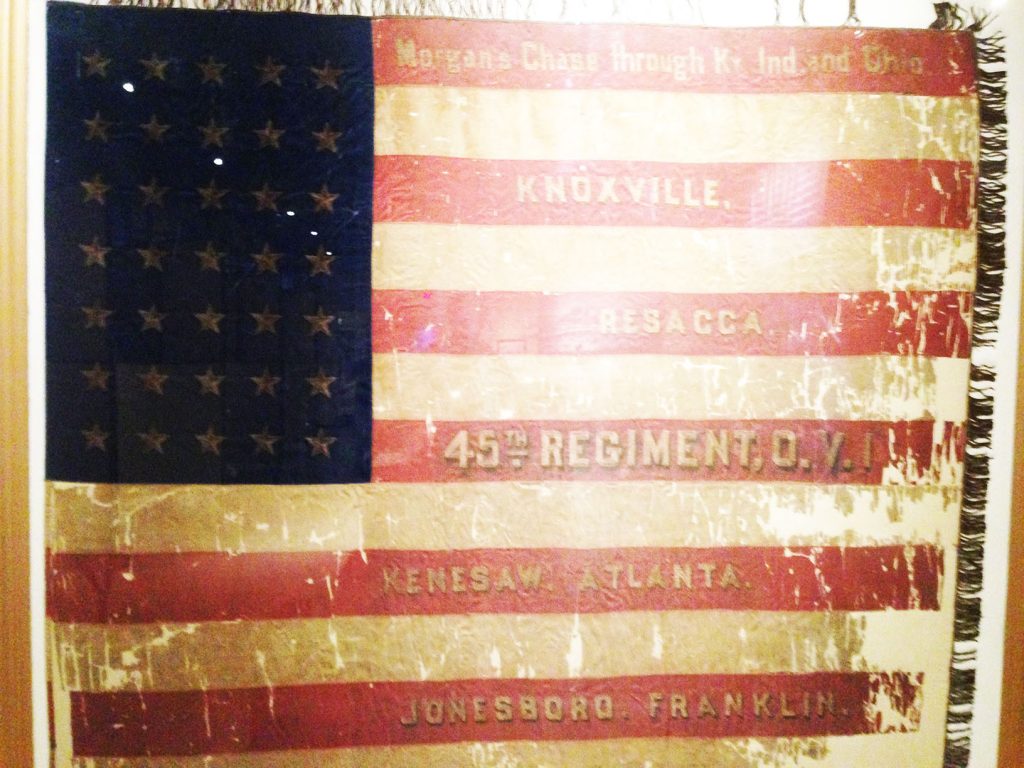
Deby August 22, 2016
High Five for the High ‘C’s, Andrew.